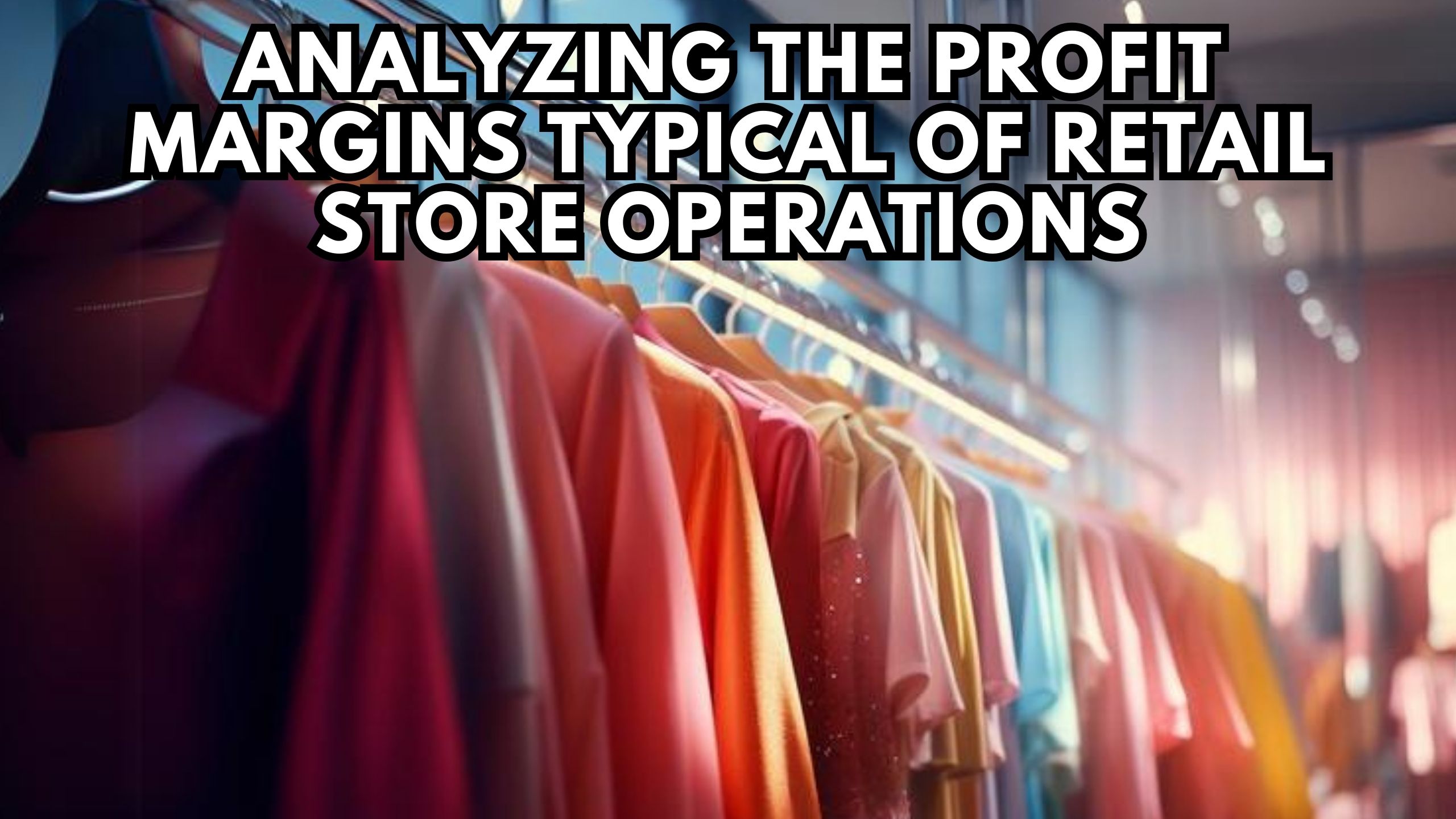Analyzing the Profit Margins Typical of Retail Store Operations
- Expense Management Software Credit Cards Investing Business Solutions


Analyzing the Profit Margins Typical of Retail Store Operations
Understanding the profit margins in retail store operations is crucial for businesses aiming for financial sustainability. In this in-depth analysis, we explore the key factors influencing profit margins and highlight the relevance of SaaS products that contribute to optimizing retail operations.
Key Factors Influencing Profit Margins
1. Cost of Goods Sold (COGS)
The cost of goods sold is a critical factor impacting profit margins. Retailers need to manage and optimize their procurement processes to ensure they acquire products at the best possible prices. SaaS tools like CostBrain assist in analyzing costs and identifying areas for potential savings, contributing to improved profit margins.
2. Pricing Strategy
A well-defined pricing strategy is essential for retail success. Dynamic pricing tools, such as Wiser, enable retailers to adjust prices based on market demand, competitor pricing, and other factors. This adaptability ensures competitiveness while maximizing profit margins.
3. Operational Efficiency
Efficient operations directly influence profit margins. SaaS solutions like Deputy, a workforce management tool, help optimize staffing levels, schedules, and task assignments. Improved operational efficiency reduces labor costs and enhances overall profitability.
4. Customer Experience
Customer satisfaction plays a pivotal role in determining repeat business and brand loyalty. SaaS tools like Qualtrics enable retailers to gather and analyze customer feedback, allowing them to make informed decisions that positively impact the customer experience and, consequently, profit margins.
5. Marketing Effectiveness
Effective marketing drives customer acquisition and retention. SaaS platforms like Mailchimp aid retailers in creating targeted marketing campaigns, measuring their success, and refining strategies. Improved marketing effectiveness directly correlates with increased sales and enhanced profit margins.
SaaS Products Optimizing Retail Operations
1. Inventory Management
Effective inventory management, exemplified by tools like TradeGecko, ensures optimal stock levels, reducing carrying costs and minimizing the risk of overstock or stockouts. This precision directly impacts profit margins by improving cash flow and minimizing losses.
2. Point of Sale (POS) Systems
Modern POS systems, such as Square, streamline transactions, enhance customer experience, and provide valuable insights into sales trends. By facilitating efficient sales processes, these systems contribute to increased revenue and improved profit margins.
3. Customer Relationship Management (CRM)
CRM tools like Salesforce help retailers build and maintain customer relationships, leading to repeat business and higher customer loyalty. Improved customer retention positively influences profit margins through increased customer lifetime value.
4. E-commerce Platforms
For retailers with an online presence, platforms like BigCommerce are essential. They provide a user-friendly interface, robust features, and seamless integration with various sales channels, contributing to expanded market reach and increased sales.
5. Analytics and Business Intelligence
Tools like Tableau empower retailers to analyze data and gain actionable insights into sales trends, customer behavior, and operational efficiency. Informed decision-making based on these insights can lead to strategic improvements that positively impact profit margins.
Conclusion
Analyzing the profit margins of retail store operations involves a holistic approach, considering factors ranging from inventory management to customer relationships. By leveraging the right SaaS tools and addressing key influencing factors, retailers can optimize their operations and enhance profitability in a competitive market.
Unlock Retail Success with Subscribed.fyi
At Subscribed.fyi, we believe in empowering businesses with the best SaaS solutions. Sign up for free today to access exclusive member-only deals on 100+ SaaS tools, saving you over $100,000 per year. Simplify your retail operations, compare tools effortlessly, and make informed decisions with Subscribed.fyi.
Relevant Links:
- CostBrain
- Wiser
- Deputy
- Qualtrics
- Mailchimp
- TradeGecko
- Square
- Salesforce
- BigCommerce
- Tableau
- Subscribed.fyi





